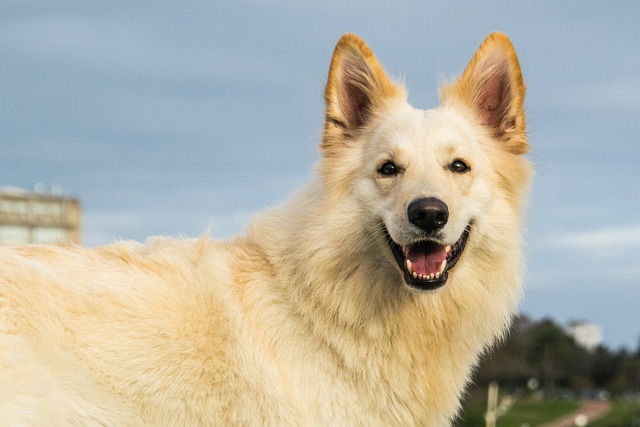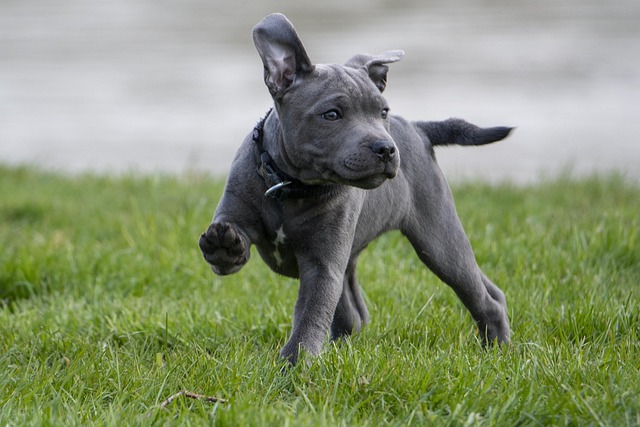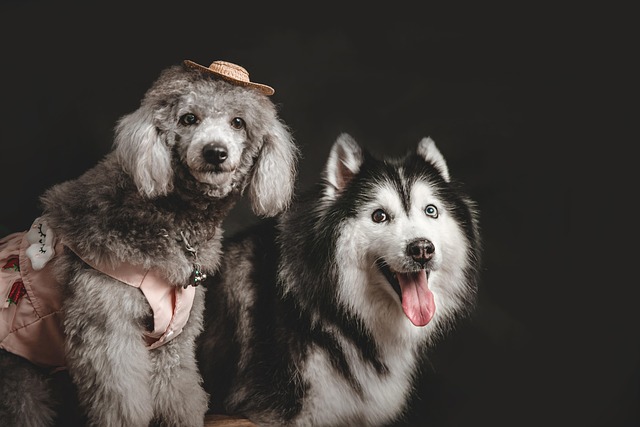
How to teach a dog to sit down?
Teaching a dog to sit forms the foundation of good behavior, creating moments of calm in busy households and public spaces alike.
Seeing your dog cower at the car door or panic during rides can break your heart. Whether it’s for vet visits, road trips, or quick errands, teaching your dog to enjoy car rides isn’t just convenient—it’s essential for their well-being. But before you start, it’s important to approach training with patience and keep safety regulations in mind.
Begin by making the car a positive space. Leave the doors open and scatter high-value treats like small pieces of chicken or cheese inside. Let your dog explore at their own pace; forcing them in can create long-lasting fears. In many regions, using punishment-based training methods violates animal welfare laws, so focus on rewards instead. Once they’re comfortable sniffing around, praise them enthusiastically.
For dogs with car anxiety, desensitization is key. Start with short sessions where the engine isn’t running. Sit in the driver’s seat, offer treats, and gently pet your dog. Gradually progress to turning on the engine, then idling for a few minutes without moving. Keep these early sessions brief—five minutes at most—and end on a positive note. Over time, your dog will associate the car’s sounds and vibrations with good things.
 When it’s time for actual movement, start with short drives around the block. Secure your dog using a crash-tested harness or a pet carrier that meets safety standards. In many areas, it’s illegal to let dogs roam freely in moving vehicles due to the risk of injury or distraction. Choose a spot they love, like a park, and end the ride with playtime. This way, they’ll start linking car trips with fun destinations.
When it’s time for actual movement, start with short drives around the block. Secure your dog using a crash-tested harness or a pet carrier that meets safety standards. In many areas, it’s illegal to let dogs roam freely in moving vehicles due to the risk of injury or distraction. Choose a spot they love, like a park, and end the ride with playtime. This way, they’ll start linking car trips with fun destinations.
If your dog shows signs of motion sickness—panting, drooling, or vomiting—consult your vet. They may recommend over-the-counter or prescription medications compliant with local veterinary regulations. Avoid giving human anti-nausea drugs, as many are toxic to dogs. You can also try natural remedies like ginger, but always check with a professional first to ensure safety and legality.
Some dogs might bark or whine during rides, disturbing you and potentially violating noise ordinances in residential areas. Instead of scolding, redirect their attention with chew toys or puzzle feeders. Frozen Kongs filled with peanut butter can keep them occupied for miles. Remember, consistent positive reinforcement works better than punishment when shaping behavior.
Training isn’t one-size-fits-all. Puppies may adapt faster, while rescue dogs with past traumas need extra time. Stay attuned to your dog’s body language—if they seem stressed, take a step back in training. By making car rides a pleasant experience, you’re not just teaching them a skill; you’re opening up a world of adventures together.

Teaching a dog to sit forms the foundation of good behavior, creating moments of calm in busy households and public spaces alike.

Dog aggression toward owners can show up in many ways—low growls when you reach for their bowl,snapping during grooming,or stiffening up before a nip.It's scary,but it almost always stems from fear,confusion,or feeling threatened,not malice.

If you’ve ever stood in the pet store, staring at shelves of dog treats labeled “training” or “everyday,” you might’ve wondered if there’s a real difference.

There’s no one-size-fits-all answer to what makes the best dog training, but most experts agree that methods built on positive reinforcement tend to yield the most lasting results.

Welcoming an 8-week-old puppy into your home is a joy filled with wiggly tails and endless curiosity. One of the first steps in building a strong bond is teaching them their name.

If you’ve ever sat up at night, listening to your gray-muzzled dog pace back and forth, stopping to whine or stare at a wall, you know the worry that comes with a restless senior pup.